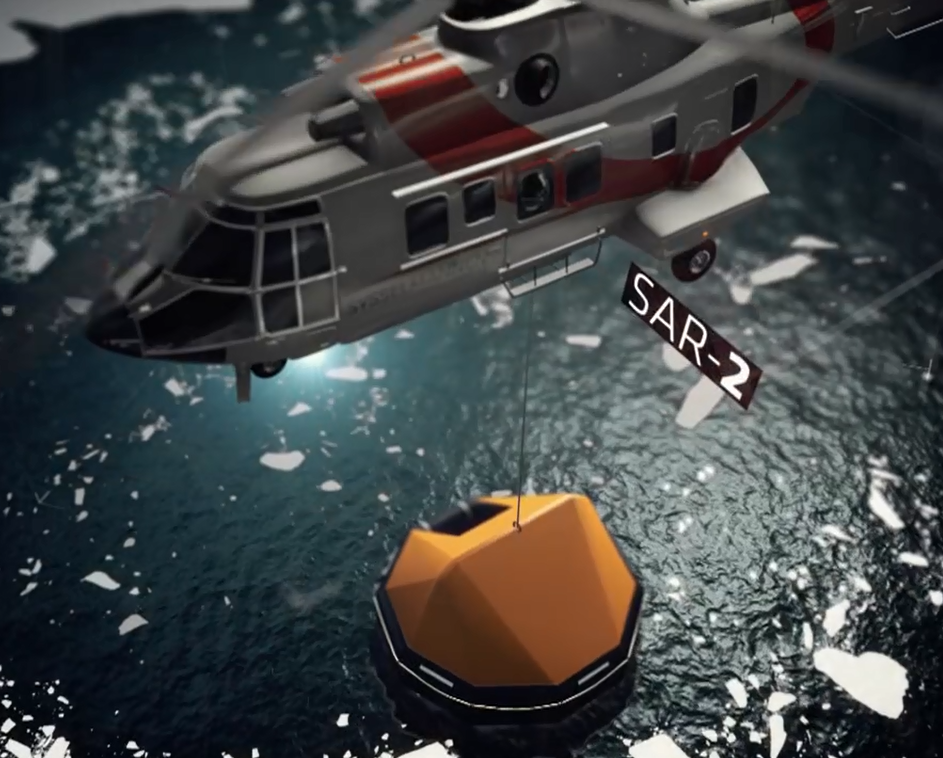As a project, SARiNOR's vision is to make Norway a world leader in search and rescue in the High North. Safety at sea is also a crucial factor in further value-creation in the maritime industry in Northern Norway.
A great responsibility
The Ministry of Foreign Affairs states that Norway, as an Arctic coastal state with sovereignty over large ocean areas, has a great responsibility to enhance maritime safety and preparedness in the High North.

SARiNOR also wishes to look at new technical solutions for rescue operations.
The goal is to create a collaborative arena for private and public actors in search and rescue in order to contribute to a shared understanding of the situation. Additionally, a roadmap shall be prepared with specific proposals for technical and organisational improvements in different phases of a search and rescue mission at sea. Systematic work through SARiNOR can reduce the risk of accidents and enhance the industry's rescue capacity.
Eighty per cent of Norwegian seas are in the Arctic, and today about 90 per cent of Arctic shipping traffic moves through Norwegian waters. Additionally, it is assumed that about 25 per cent of the world's undiscovered oil and gas resources are in the Arctic. Significant discoveries in the Barents Sea pave the way for large investments in petroleum-related activity in the north.
North-East Passage
Another characteristic of the development in the north is the traffic through the North-East Passage: 71 vessels in 2013. For some operators, the journey can be halved on the route along the coast of Siberia. The challenges today relate to safety, international regulations, Russian regulations, regularity, and technical limitations related to vessel type and size. Several actors see a great potential, and researchers from South Korea estimate that as much as a quarter of all traffic between Asia and Europe can go through the passage in 2030. China's polar institute estimates that up to 15 per cent of the country's container traffic may be able to use the route as soon as in 2020.
Through the international search and rescue agreement between the member countries of the Arctic Council, Norway's responsibility for search and rescue has been expanded all the way up to the geographical north pole. SARiNOR will strive to use the integrated knowledge and competence that Norwegian society possesses in safety and preparedness in the High North.
Maritimt Forum Nord is the project owner for the three-year project. Public funding is provided by the Ministry of Foreign Affairs and Nordland County Authority, and private funders include Norske Shell, Statoil, ENI, DNV-GL and Norwegian Hull Club.